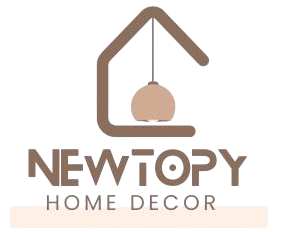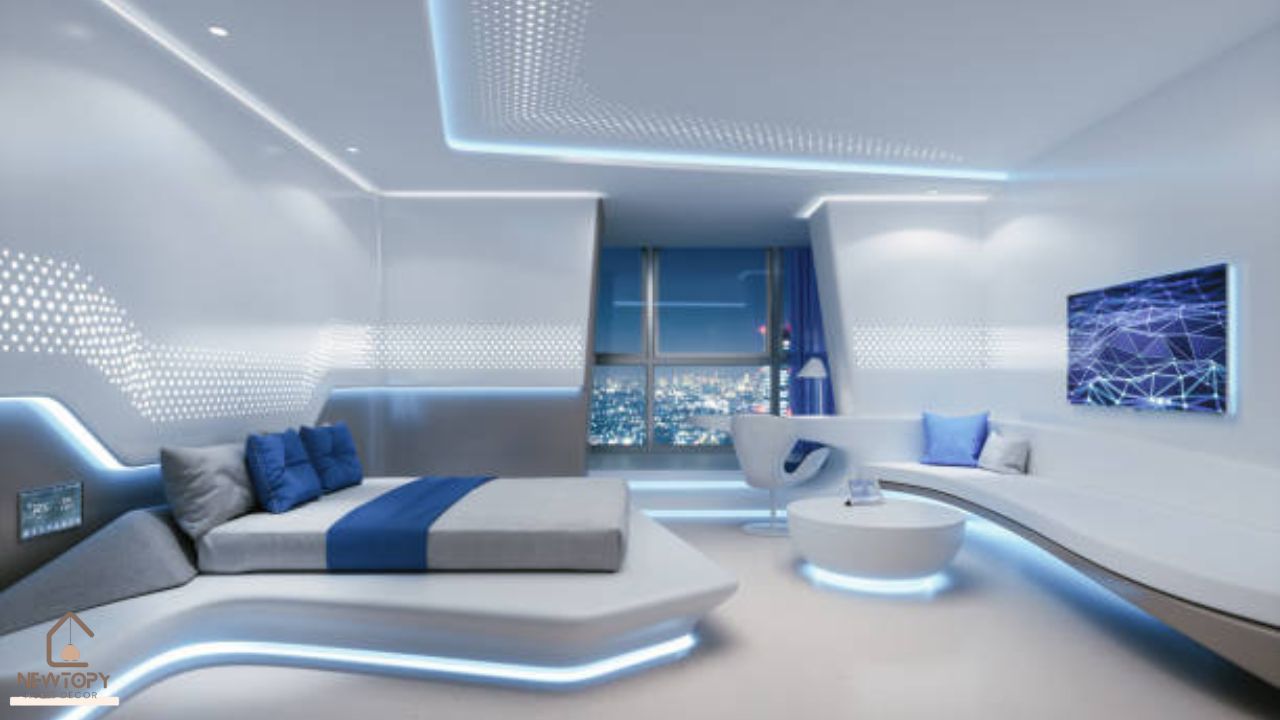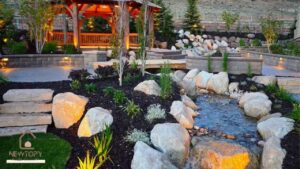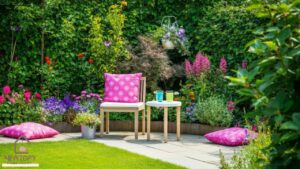Interior design is undergoing a profound transformation, promising dynamic changes by 2030. This evolution blends cutting-edge technology, sustainable innovations, and a stronger connection to nature, redefining how we design and inhabit our spaces. Whether you’re planning to update your home or dreaming of creating an entirely new space, staying ahead of trends is vital to crafting timeless interiors that enhance both aesthetics and functionality.
Here, we explore the most remarkable interior design trends expected to dominate in 2030, providing insight into the future of living environments.
Key Trends at a Glance
| Trend | Description | Popular Keywords Examples |
| Biophilic Design | Infusing homes with natural elements like plants. | Trees, shrubs, vines |
| Smart Space Integration | Advanced home automation and intelligent systems. | Luxury interiors, automated living |
| Sustainable Materials | Eco-conscious materials that prioritise the planet. | House plants, Dutch influence |
| Flexible Layouts | Adaptable spaces to serve multiple purposes. | Multi-functional zones, modular living |
| Statement Features | Bold and artistic design elements to impress. | Sculptural pieces, jewel tones |
Biophilic Design Takes Centre Stage
Biophilic design is more than a passing trend; it’s a movement towards creating homes that nurture well-being by reconnecting us with nature. By incorporating greenery, natural materials, and organic forms, this approach offers both aesthetic and therapeutic benefits.
What to Expect
- Urban Forest Vibes
Expect interiors that mimic lush outdoor gardens. Use towering indoor plants like fiddle-leaf figs, cascading vines such as pothos, and even vertical gardens to create immersive greenery-filled environments. Homes in dense urban centres can feel closer to nature through this thoughtful integration.
- Enhanced Natural Light and Air Flow
Designs will take advantage of larger windows, skylights, and airy layouts to amplify natural light. Open concept spaces with effective cross-ventilation will make interiors not only more sustainable but also undeniably serene.
- Natural Materials Take the Lead
Influences will lean towards wood, bamboo, stone, cork, and rattan. Softer accents with linen, wool, or jute create an inviting harmony that keeps the overall vibe organic.
Applications
Eco-luxury homes in Ibiza have already adopted this approach. Properties listed on platforms like Le Collectionist effectively blend green terraces with sleek minimalist architecture. For example, expansive living spaces are enriched by lush indoor plants and recycled wood furniture.
The health benefits are remarkable, too. Studies highlight that exposure to greenery at home can lower stress and improve air quality, creating calm, rejuvenating spaces.
Smart Space Integration

Technology has fundamentally changed our lives, and by 2030, smart homes will be the new normal. Advanced automation and AI-powered systems promise to revolutionise how we interact with our living spaces, prioritising convenience and personalisation like never before.
Top Features to Look Forward To
- AI-Powered Management
AI hubs will act as “control centres,” allowing everything from lighting, heating, and security to be managed through intelligent interfaces. Imagine adjusting your home’s settings with nothing more than a voice command or a phone tap.
- Personalised Ambiance
Lighting systems will automatically adapt to your routine—cool and bright for mornings and warm, ambient tones for evenings. Temperature controls ensure optimum comfort, whether you’re working or relaxing.
- Health-Focused Innovations
Future smart homes will integrate health monitoring into everyday items like mirrors or carpets. These devices could track sleep quality, detect allergens, or even scan for early signs of illness.
Examples
Smart homes are already garnering 4.8+ star ratings on modern living platforms thanks to their groundbreaking features. Fully automated kitchens, for instance, combine voice-assisted recipes with precision cooking technology, making meal prep effortless.
By 2030, such homes will likely include features like facial recognition for enhanced security or systems that reduce energy consumption automatically, reinforcing eco-conscious living.
Sustainable Materials and Ethical Design

With environmental concerns taking centre stage, interior design is pivoting towards sustainability. From the materials we use to decorate our homes to the ethical sourcing of furniture, eco-consciousness will shape how spaces are crafted.
Innovations in Sustainable Design
- Reclaimed and Upcycled Materials
Expect a comeback of vintage wood, weathered stone, and recycled metals. These materials not only ooze character but also significantly reduce waste.
- Integrated House Plants
House plants designed to filter indoor air or mimic Dutch influences with “living rooms” of greenery will dominate interiors. Incorporating these elements blurs the boundary between function and beauty.
- Recyclable Decor
Carpets, paint, wallpaper, and even accessories will soon be fully recyclable, allowing easy upgrades without harming the environment. Designs will also shift from disposable trends to timeless aesthetics, promoting longevity.
Consumer Shifts
A survey found that 75% of homeowners are happy to invest more in ethically sourced items. Eco-friendly furniture pieces with non-toxic finishes and biodegradable components cater to this growing demand.
What’s Next?
The future includes biodegradable interiors where every item—from lighting fixtures to sofas—can be re-purposed without impacting the planet. Bold brands are already launching lines focused exclusively on carbon-neutral production.
Flexible Layouts for Multi-Purpose Use

The demands on our living spaces are evolving, and one room often serves multiple functions. Flexible layouts are becoming indispensable, allowing homeowners to adapt rooms as needed.
Top Ideas for Adaptable Spaces
- Modular Furniture Revolution
Furniture that transforms—like chaise lounges that fold into beds or dining tables that double as workstations—will allow maximum efficiency in limited spaces.
- Partition-Friendly Solutions
Sliding panels or retractable walls will replace conventional room dividers, offering privacy on demand. This approach allows rooms to change dynamically depending on necessity—think study zones by day and guest spaces by night.
- Vertical Storage Systems
Spiral vertical storage will be vital for compact living. From kitchen pantries to bedroom shelves, clever designs that optimise every square inch will become the norm.
Benefits of Flexible Design
This trend bridges the gap between functionality and luxury. Busy professionals benefit from the adaptability, while families can enjoy spaces tailored to their growing needs.
Statement Features and Bold Design
Minimalism and clean lines are no longer the defining features of modern interior design. By 2030, bold, dramatic elements will add a sense of artful individuality to living spaces. From oversized furniture to vibrant splashes of colour, maximalism finds its stride alongside subtle sophistication.
What to Look For
- Sculptural Furniture
From twisted, surrealist coffee tables to curved nightstands, furniture will increasingly double as artistic expression. These pieces will become conversation starters in any room.
- Eye-Catching Colour
Rich jewel tones like emerald greens, sapphire blues, and ruby reds will take centre stage. Pairing these with metallic accents creates a luxurious yet inviting atmosphere.
- Oversized Features
Expect grand chandeliers or large art installations to become focal points in homes. An example is the Chalet Luxe Alpes property that blends bold centrepieces like statement sofas with cosy, textured fabrics.
FAQs
Why is biophilic design growing in popularity?
Biophilic design offers a calming environment, reduces stress, and fosters a stronger connection with nature—all while enhancing your home’s visual appeal.
Are smart homes expensive to set up and maintain?
While initial outlays might be high, smart homes deliver long-term energy savings, making them cost-effective over time. Many newer systems also offer modular upgrades, minimising replacement expenses.
How sustainable are reclaimed materials?
Reclaimed materials drastically lower the carbon footprint of construction and interiors. They combine sustainability with timeless style, ensuring eco-conscious yet beautiful living.
How can I start incorporating flexible layouts in my current home?
Begin with small adjustments like foldable furniture or movable partitions. Gradually, include modular systems and storage upgrades as your space evolves.
Final Thoughts
Future Interior design trends 2030 is set to blur the boundaries between function, beauty, and sustainability. From homes adorned with cascading greenery to ultra-smart, tech-driven havens, the future embraces harmonious living tailored to individual needs.
Whether your preference is a biophilic paradise, a hyper-connected smart home, or an artistic showpiece, one thing is certain—design will continue to inspire more meaningful and intentional ways of living. Adopting these trends ensures your space not only keeps pace with modern demands but also becomes a source of joy and well-being for years to come.
Admin Recommended
Garden Tips for Decoradhouse: Transform Your Outdoor Space
Garden Tips for Decoradhouse: Transform Your Outdoor Space
Discover the Elegance of Luxury Villas in Italy with Le Collectionist
KDArchitects Landscape Ideas by Roger Morph















